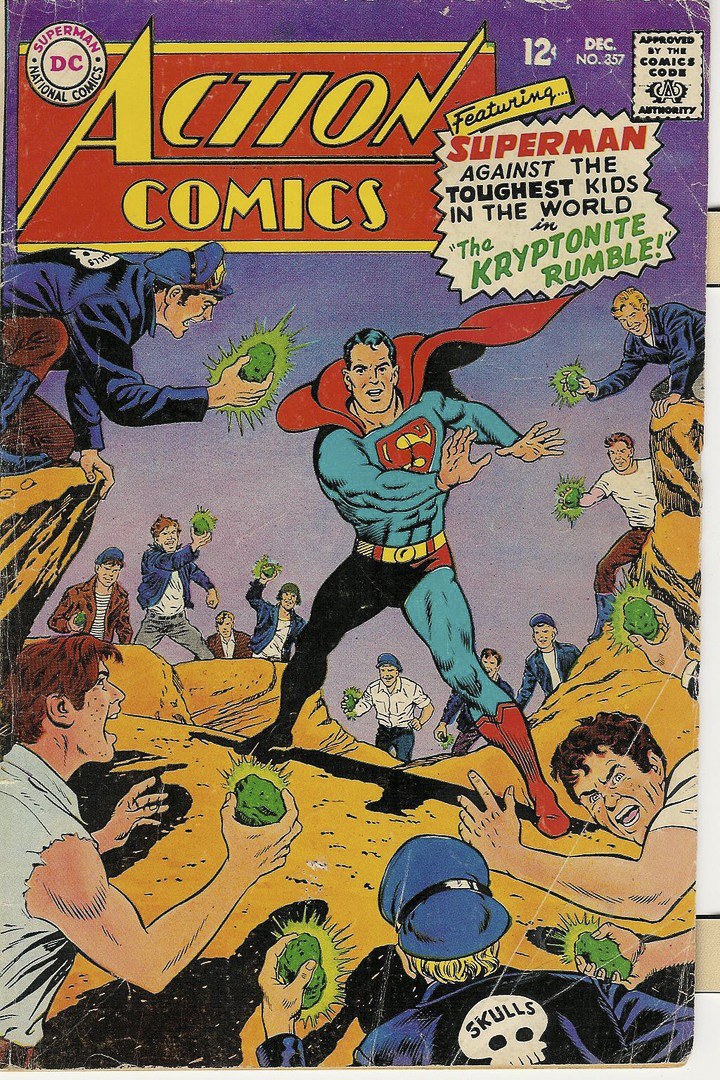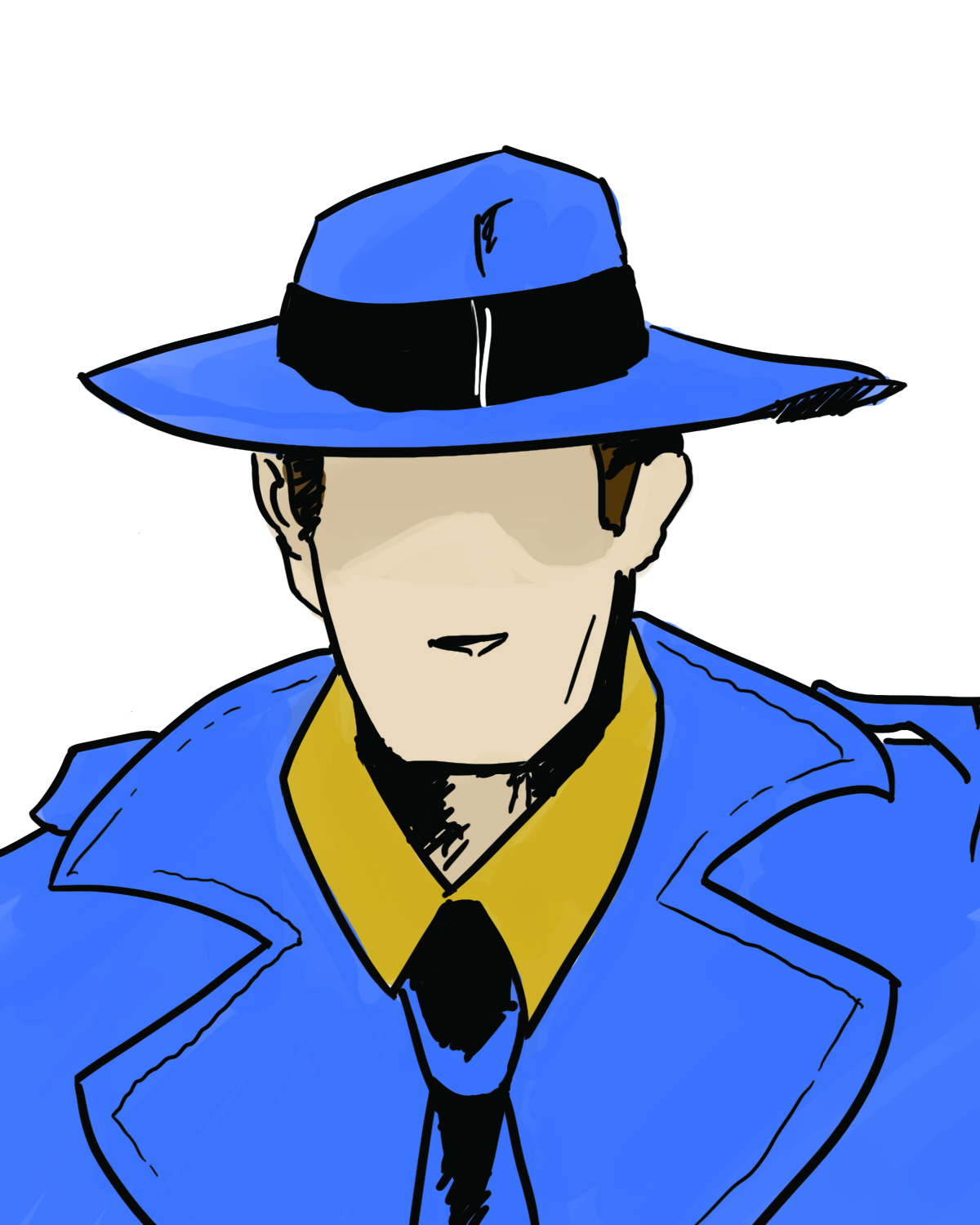Sin City
If the who-dunnit crime motif, dizzy dames and names like “the girls of old town” were not enough to let you know this story is evoking a version of the noir genre the sharp contrast of black and white should. The style is different than just black and white films though. It is only black and white with no intermediate shades of grey, which is ideal to convey the intensity and drama of the different, intertwining stories. The sharp contrast also gives a hard, tough, tone to the stories that would not be conveyed in full colour.
The Walking Dead
In volume one, “Days Gone Bye,” Glenn and Rick are walking into the city covered in pieces of zombie carcass and guts.
Rick comments, “What a gloomy day.”
“I don’t know about you but I was getting sick of all that sunshine contradicting what was going on down here. . . at least this is consistent,” Glen replies.
I could not agree with Glenn more. From what I have read so far in the series the events are pretty bleak. Death is so frequent an occurrence the characters become desensitized to it, unless someone in their family dies. The black, white, and shades of grey are a perfect fit for the stark outlook on life the narrative develops, again something I think colour would detract from.
The Last Unicorn
This story would not have been successfully portrayed in black and white or with any less detail in its layers of colour and ink. The reader needs to see the perfect white unicorn glow against every background, they need to see the purple-blue of Lady Amalthea’s eyes. They need to see the fiery molten form of the red bull and the layers of age and sorcery on Mommy Fortuna’s face. A lot of the story comes from the gorgeous, magical setting of the unicorn’s original home forest, contrasted with the barren rocks of Haggard’s kingdom showing the magic of a world with unicorns and the despair of one without. In my opinion, this is an all or nothing story. If it is just words like in the original novel then everything can exist in your mind. But if you want to render the story in images you have to develop the images with layers of colour and detail.
Batman
Arkham Asylum: The images in this story are about beautiful insanity where everything blurs together. In a preface to his original script to the book Morrison says he wanted to approach Batman from a “dreamlike, emotional and irrational hemisphere” and the images achieve this. Shadows and smears make the characters blend into the asylum itself. The scarecrow is a dark figure that moves in and out of frames, as if he is part of the setting as opposed to a character. A psychologist turned mad villain is a perfect way to think of the asylum. Batman also blends into the dark background, more so then some of the villains. Batman voices his fear that he belongs in the asylum at the beginning of the book, saying to Jim Gordon: “I’m afraid that when I walk through those asylum gates . . . it’ll be just like coming home.” Batman allows his fate to be decided by Harvey Dent which shows how well he fits in the asylum; a theme that is illustrated — he visually blends in so well.




